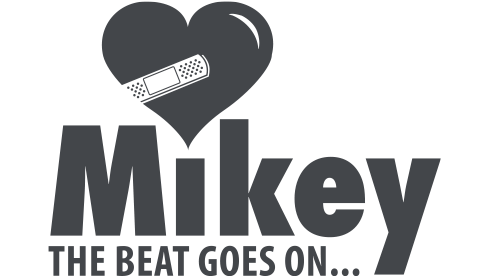
Summer is finally here, and while you may have the urge to spend more time outside, it’s important that you protect your heart from the dangers of heat.
Your body rids itself of excess heat in two ways: by radiating warmth and by sweating. Both tactics demand extra energy from your heart!
Radiation
requires rerouting blood flow in your veins and arteries so more of it goes to your skin. Your body’s goal is to ensure that your temperature is warmer than the air around you. So, hotter weather, means a higher body temperature, and more work for your heart. In fact, on a warm day, your heart may circulate 2 to 4 times as much blood per minute as it would on a cool day.

Sweating
increases when temperatures rise! When sweat evaporates off of the skin, it carries heat away with it. On a dry day, the evaporation of 1 teaspoon of sweat could bring down your temperature by 2 degrees. Humidity makes perspiring less effective as it hinders evaporation. When you sweat, your body loses essential nutrients like sodium, potassium, and other minerals that are vital for muscle contraction, nerve performance, and maintenance of fluid levels.
Don’t let the heat slow you down! Here are some tips for how to safely stay active in the warm summer months:

Stay Hydrated
Drink plenty of water throughout the day and before, during, and after physical activity. Stay away from caffeine and alcohol as they can both increase dehydration. If you have been instructed to restrict your fluid intake, speak to your GP to come up with a game plan.
Shake Up Your Workout
Just because it’s hot, doesn’t mean you shouldn’t exercise! Work out in the morning or evening, when the temperatures are lower. Try a cooler activity like swimming, or working out in a gym with air conditioning. It’s always wise to bring a friend with you and if you decide to brave the heat, stay in the shade and take regular breaks for hydration.
Pay Attention To Your Wardrobe
Dress in light-colored, lightweight fabrics that ventilate easily and help to keep you cool. Breathable fabrics like cotton allow heat to escape and cooperate with your body’s ability to cool itself.
Make sure to eat foods containing water
Fruits and vegetables are cold, light, easy to digest, and packed with water! Don’t overload your stomach with a heavy meal. Instead, eat small, plant-based meals throughout the day to keep you energized and provide you with some extra hydration.
Spending too much time in extreme heat may lead to heat illnesses such as heat exhaustion or heat stroke. Keep an eye out for these dangerous symptoms:
- Nausea or vomiting
- Dizziness
- Muscle twitches/cramps
- Fatigue
- Disorientation/confusion
- Cold, clammy skin
- Hot, dry skin
- Fainting
If any of these symptoms present themselves, it is important to get out of the heat, apply cool water on your skin, and drink cool water to rehydrate.
Always be sure to ask your doctor about any concerns with your medications and how to cope with hot weather. While elderly people, young children, and people with preexisting heart conditions have more trouble regulating their temperature, heat presents dangers for everyone. Prepare and protect yourself from the heat so you can stay healthy all summer long!




















